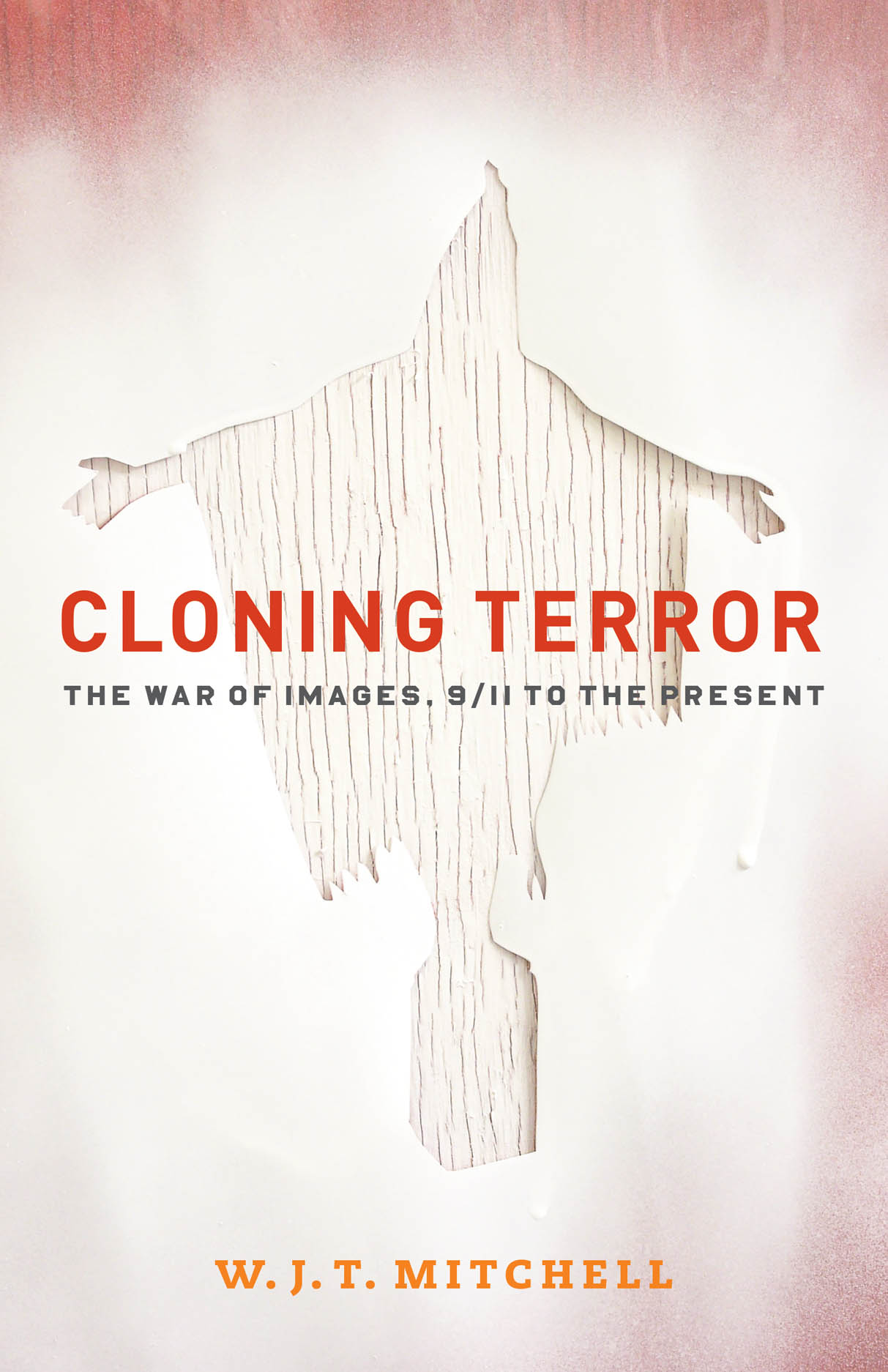On the Symbolism of the “Ground Zero Mosque”

On Friday, President Obama said, in response to the proposal to build a mosque near the former site of the World Trade Center, “Muslims have the same right to practice their religion as everyone else in this country. And that includes the right to build a place of worship and a community center on private property in Lower Manhattan, in accordance with local laws and ordinances. This is America. And our commitment to religious freedom must be unshakeable.” Over the weekend, however, he backtracked and and clarified the he was “not commenting and I will not comment on the wisdom of making a decision to put a mosque there. I was commenting very specifically on the right that people have that dates back to our founding.”
As Obama’s remark indicate, this a divisive issue, and polls show that, while most Americans oppose the plan, they also support the right to build the mosque. Why has this become such a political issue? And what would the mosque mean?
In this week’s New York magazine, Peter Maass writes, “To the people who oppose it, a mosque near ground zero would symbolize an Islamic triumph at the hallowed ground where around 2,750 people were killed by Islamic terrorists on 9/11. But is that what it would truly signify?” In order to tease this out, Maass refers to the work of W. J. T. Mitchell, a pioneering scholar of iconology and long time University of Chicago Press author. Maass writes:
[Mitchell has] noted that monuments and images can gain power by being attacked. The World Trade Center is an example—a pair of ungainly and unloved office buildings acquired a tragic halo once they were destroyed. Mitchell describes it as “not merely the destruction of a pair of buildings, but also the production of an iconic moment. The spectacle of destruction itself became an image that was indelibly engraved on millions of people’s memories.”
This line of inquiry—the power of symbols in the war on terrorism—is explored in depth in Mitchell’s forthcoming book, Cloning Terror: The War of Images, 9/11 to the Present. Exploring the role of verbal and visual images in the War on Terror, Mitchell finds a conflict whose shaky metaphoric and imaginary conception has created its own reality. At the same time, Mitchell locates in the concept of clones and cloning an anxiety about new forms of image-making that has amplified the political effects of the War on Terror. Cloning and terror, he argues, share an uncanny structural resemblance, shuttling back and forth between imaginary and real, metaphoric and literal manifestations. In Mitchell’s startling analysis, cloning terror emerges as the inevitable metaphor for the way in which the War on Terror has not only helped recruit more fighters to the jihadist cause but undermined the American constitution with “faith-based” foreign and domestic policies.
Cloning Terror will be available in January 2011.